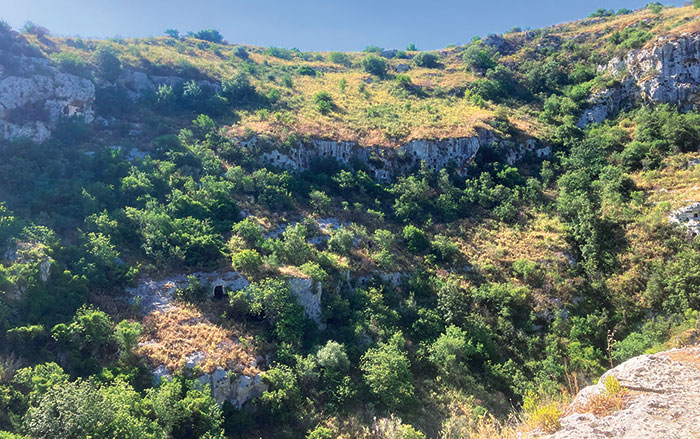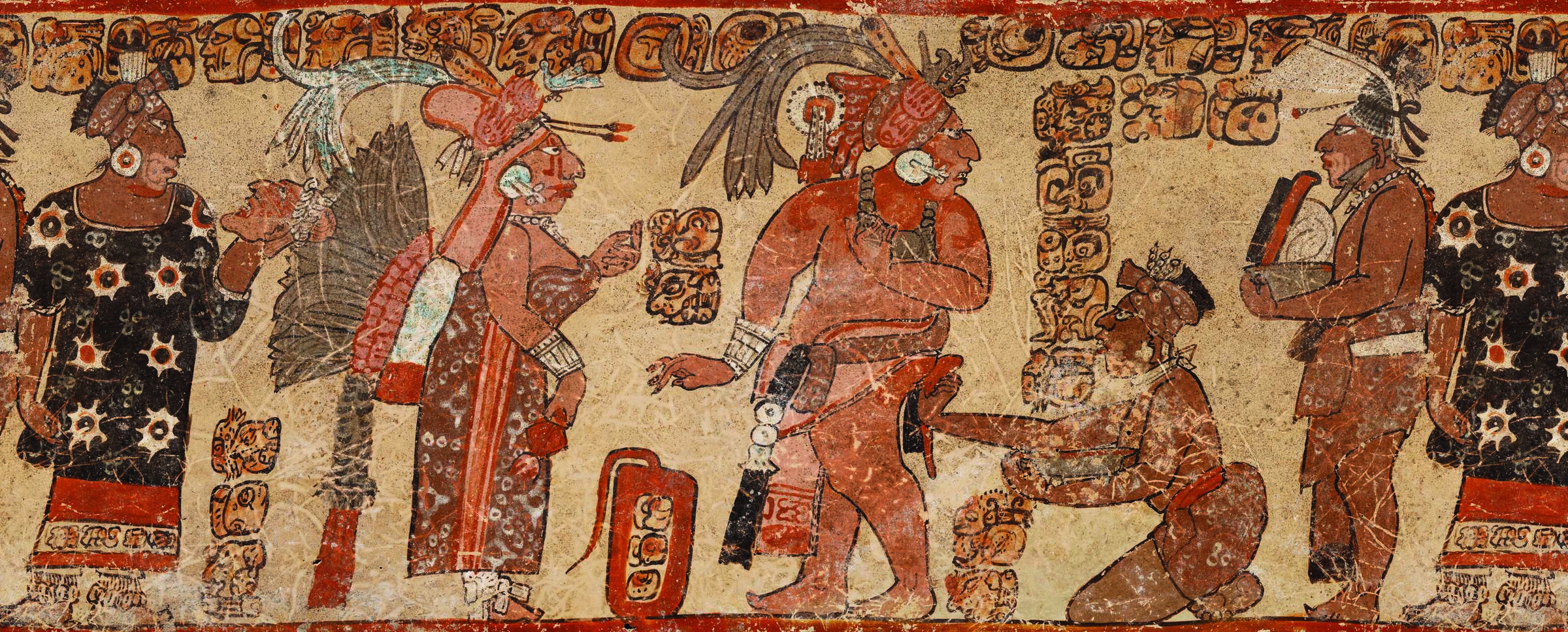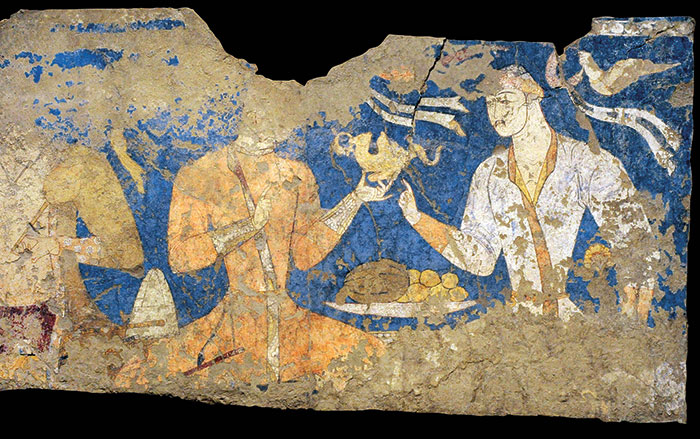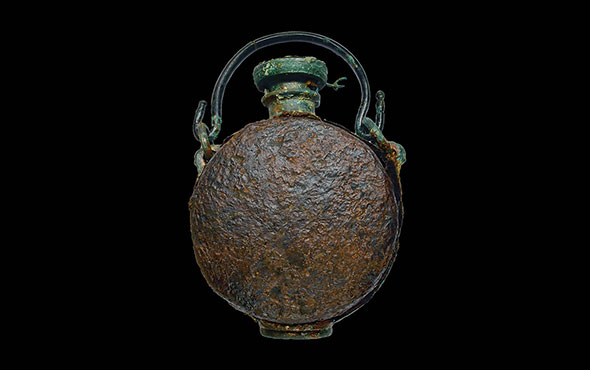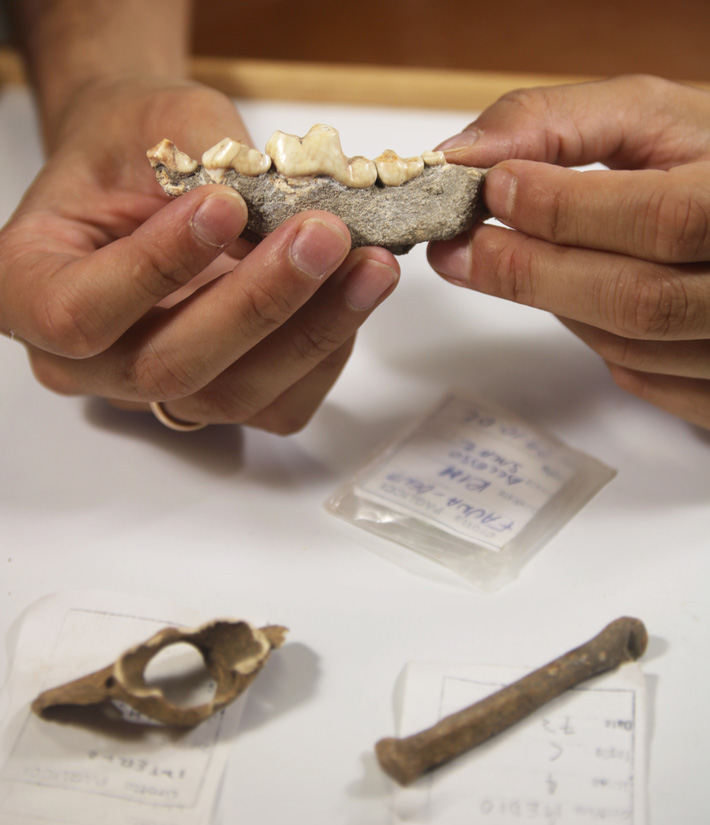
SIENA, ITALY—The Jacksonville Free Press reports that dog remains found in two caves in Apulia have been dated to between 20,000 and 14,000 years ago. The dogs are thought to have inhabited the caves with humans, pushing back dog domestication in the region by about 4,000 years. Remains of wolves, which were bigger than the dogs and had distinct molars for tearing meat apart, were also found in the caves. “The remains found at Apulia represent to date the oldest specimens discovered in the Mediterranean area and could also represent the until-now missing evidence of the evolutionary process that led to the dog, the very first domesticated animal,” said Francesco Boschin of the University of Siena. Genetic analysis of the remains indicates that one of these dogs was related to a dog who lived about 14,000 years ago whose remains were unearthed in Germany. The animals may represent a cultural link between the two groups of people, Boschin added. He suggests that people and dogs migrated to southern Europe in search of warmer temperatures during the Last Glacial Maximum. To read about wolf and dog bones uncovered at a Bronze Age site on the Russian steppes, go to "Wolf Rites of Winter."





